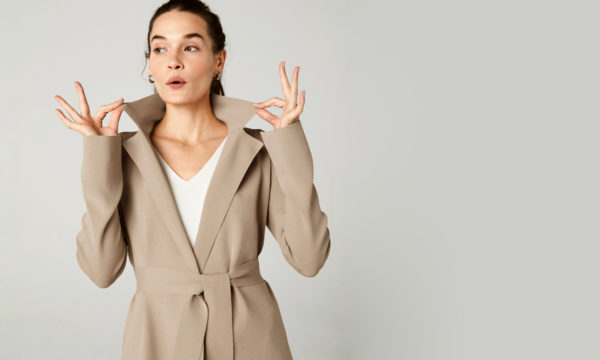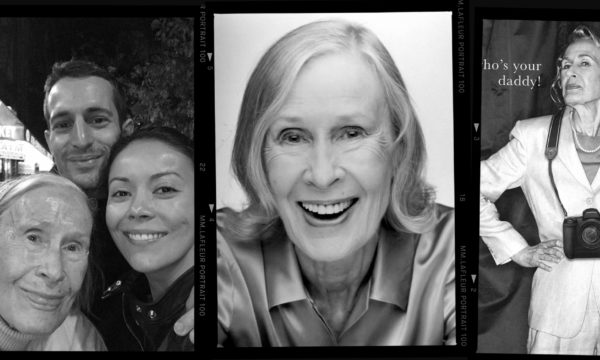The Going-out Top: A Modern Phenomenon
May 21, 2016
A few years ago, at the ripe old age of 29, I did away with my sole remaining “going-out top.” A BCBG halter that I’d bought while panic-shopping one New Year’s Eve in college, it had been hanging in my closet for 10 years, largely unworn. Made from a floaty, Caribbean-blue chiffon with unfortunate ruching on the boobs and sequins on the halter tie, it looked less like a shirt for an adult human, and more like a tiny figure-skating outfit for a cat.
Why had I bought it in the first place? Why had I held on to it for so long? And more importantly, why was it so bittersweet to let go of the hideous thing?
In short, because for a certain subset of modern American women, going-out tops are inextricably linked to coming of age. Purchased for the sole purpose of partying, they are perhaps the least versatile items in our closets, and yet, for a particular phase of our lives, we stockpile them as if our lives depend on it.
I bought my first going-out top in high school—ahead of my time, I know. It was basically a Lycra triangle that I tied around my torso, bandana-style, and brazenly wore to the P-Funk dance. Short for “psychedelic funk,” P-Funk was meant to be a ‘70s-inspired disco party, but being the frisky teenagers that we were, we used it as an excuse to wear as little clothing as possible. Over the years, each of my friends wore my triangle top at least once. It was part of a large arsenal of communal going-out tops that we traded and loaned at random.
You see, one marked characteristic of the going-out top is that it is often a shared resource. Within a friend tribe, it belongs to no one and to everyone. “My friends and I shared a Theory V-neck top in college that we called ‘the boob shirt’,” recalls Marissa, a brand strategist. “It worked on everyone. One time, I drunkenly wore not one, but two Victoria’s Secret push-up bras with it.” Long before the Sisterhood of the Traveling Pants became a cultural touch-point, there was the sisterhood of the going-out top. “My college friend Kelly had a yellow tube top that we referred to as ‘the lucky yellow shirt’,” says Sasha, a financial reporter. “It had a proven track record, and she would loan it out as needed.”
In addition to its near-universal fit (read: tight), the other defining feature of the going-out top is that it is usually cheap, in every sense of the word. So if a particular piece happens to get lost (yep) or destroyed (entirely possible) during the course of a night out, there is little damage done. The group that shares the top mourns as one, and then quickly moves on. “I have fond memories of drinking gin-and-tonics in solo cups while choosing the perfect going-out shirt to wear to a frat basement, where it was bound to get drenched in Keystone Light,” says Enid, a program director at a university. The relative affordability of the going-out top means that a single college-aged woman can easily amass dozens of them, ultimately leading to “the purge.”
Somewhere in a woman’s post-college years, she slowly starts to distance herself from the going-out top. Perhaps it’s the clinginess of the fit, the poor quality of the material, or the fact that she starts spending more time at work and less time playing flip cup. Hopping between clubs is replaced by hopping between weddings, and over time, the desire to look “hot” is replaced by the desire to look classy, elegant, sophisticated, professional, or just more grown-up.
“I purged an entire boxful of going-out tops when I was 25,” says Sasha. “They were all from college and smelled vaguely like beer and cigarettes; most were tight, at least 50-percent Spandex, and featured a synthetic mesh element. I pawed them out of my closet, plopped them on the counter at Goodwill, and swore off polyester lace forever.” For Marissa, the process involved reconnecting with her college crew. “I texted my friends pics of each top as I donated it, and we all relived the shared memories we had in them.”
The purging process is a rite of passage—a symbolic embracing of adulthood—but it’s not always a clean break. “I’d like to say I never looked back,” admits Sasha, now 31. “But last week, packing for a trip with college friends, I found myself yearning for a particular black tank with spaghetti straps. I can’t remember where I bought it, but process of elimination points to Forever 21, circa 2004. It was soft in that highly-flammable kind of way, and always infused the dryer in my dorm with a burned scent.”
The transition away from going-out tops involves more than simply wanting to wear clothes that aren’t fire hazards. For many, it coincides with becoming professionally established and more confident overall. Your cleavage may still be an asset, but it’s no longer the lead story. The older you get, the more you develop your own individual style, and the more willing you are to differentiate yourself from your friends. Looking back, I wonder, “Did that triangle top really look good on all of us?” Probably not, but it united us as at a time when we roved as a pack (and when the idea of proper fit was open to interpretation).
The purging of the going-out tops is generally a positive development in a woman’s life. And yet, it can leave a void in the wardrobe. After all, what does a 33-year-old wear to her friend’s bachelorette party? What does a 40-year-old wear on a first date? We have a few suggestions…
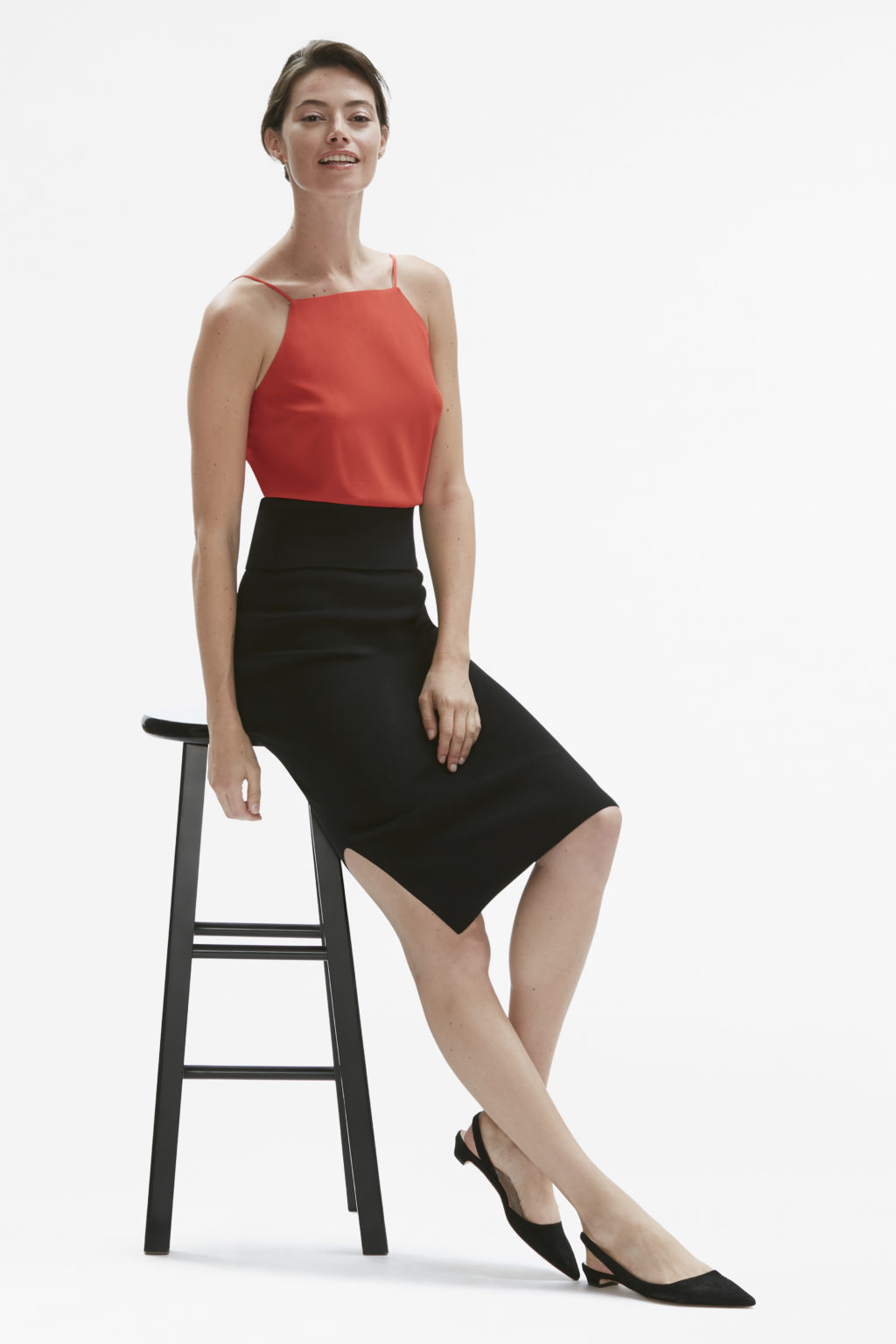
The Jagger top and the Harlem skirt.
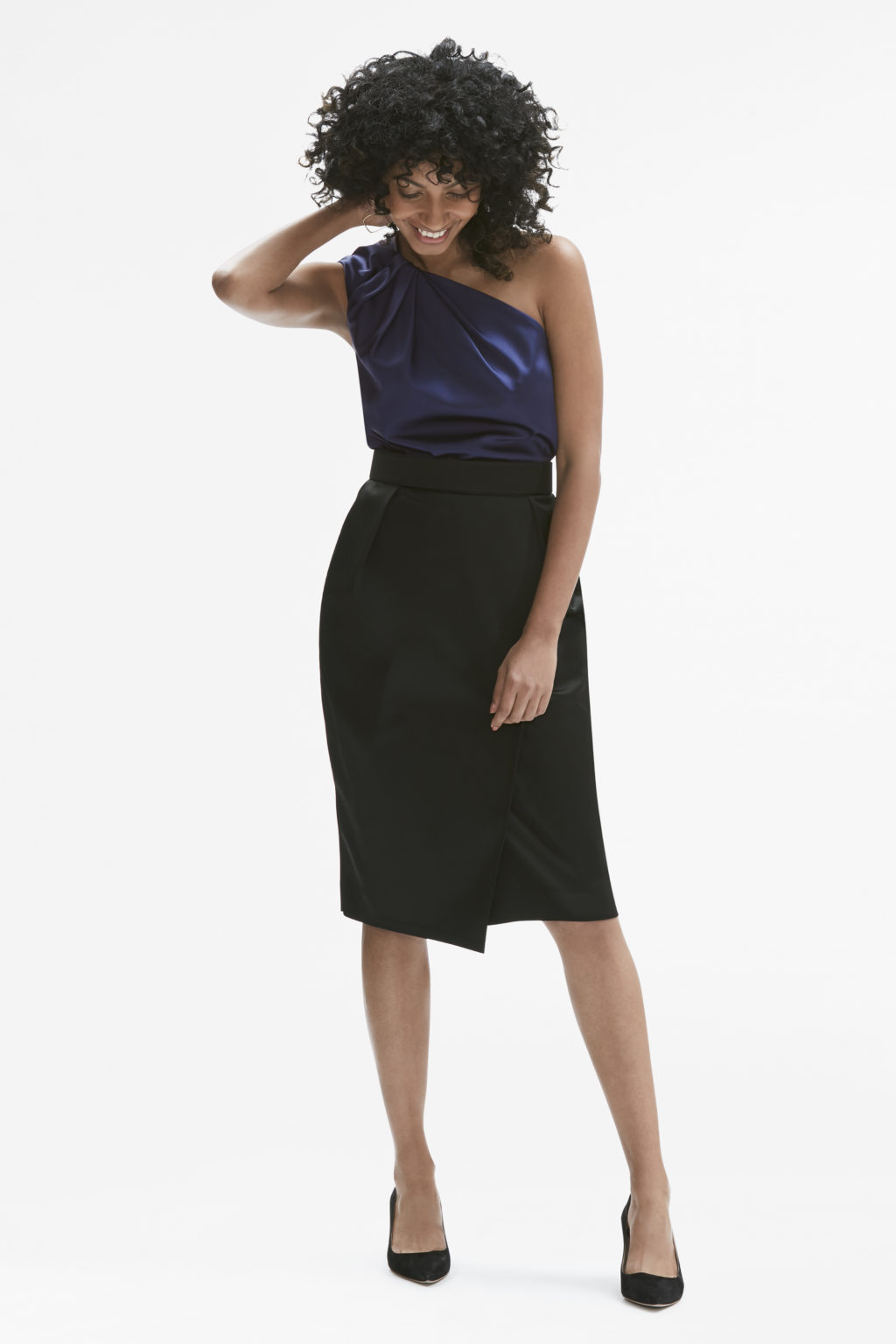
The Serena top and the Perry skirt.
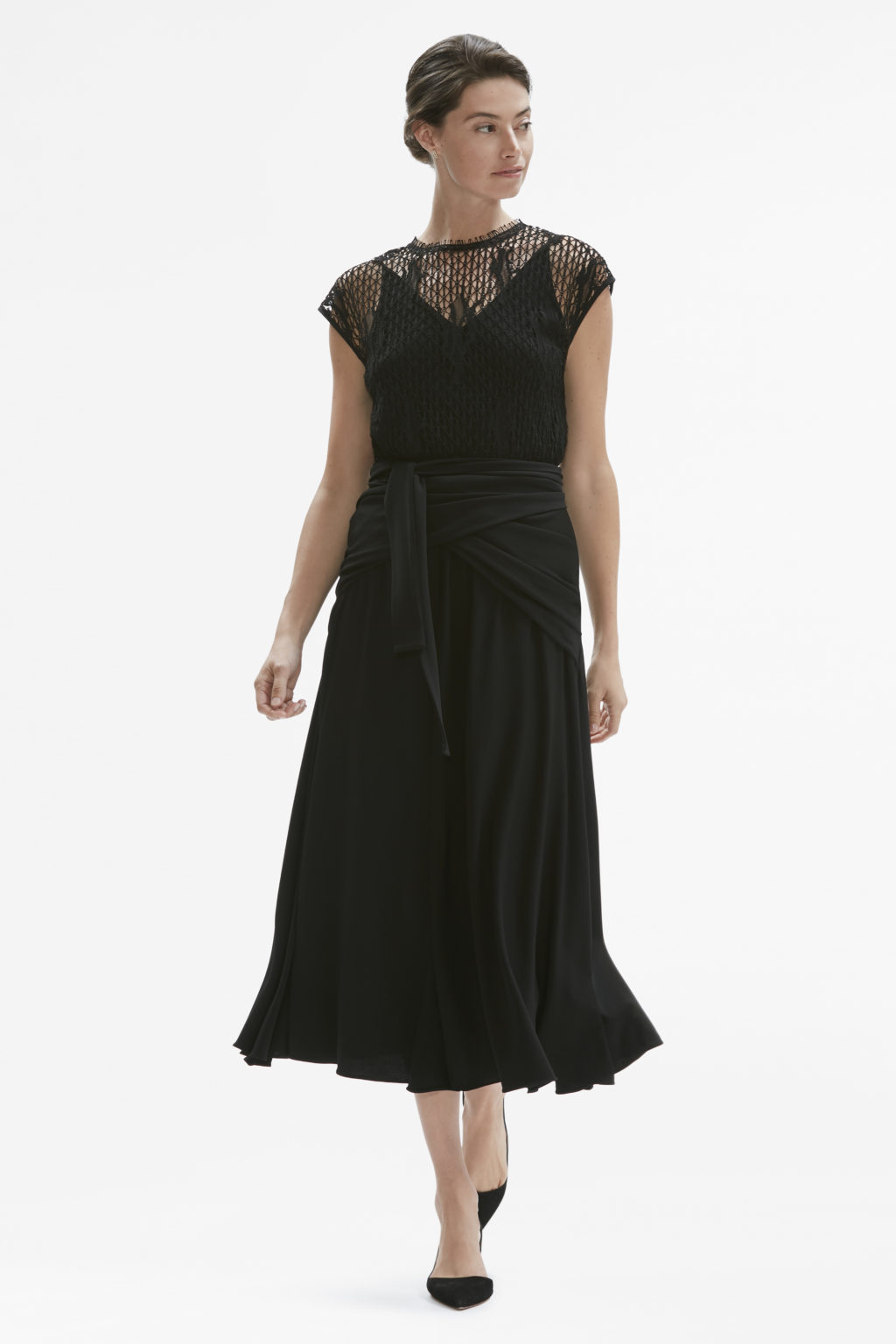
The Greta top and the Fulton skirt.
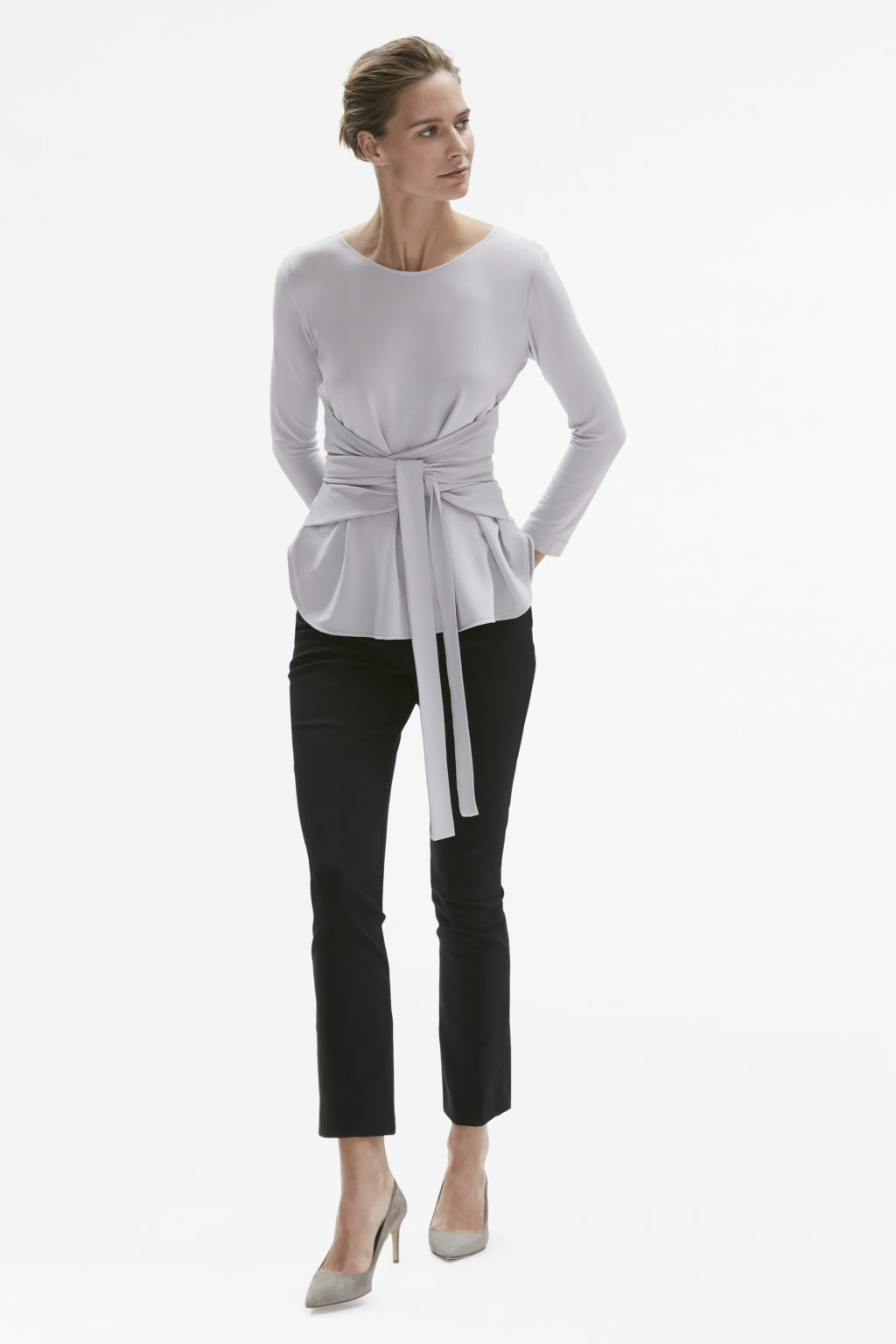
The Walker top and the Oshima pant.
Shop all “adult going-out tops” here.







